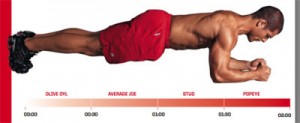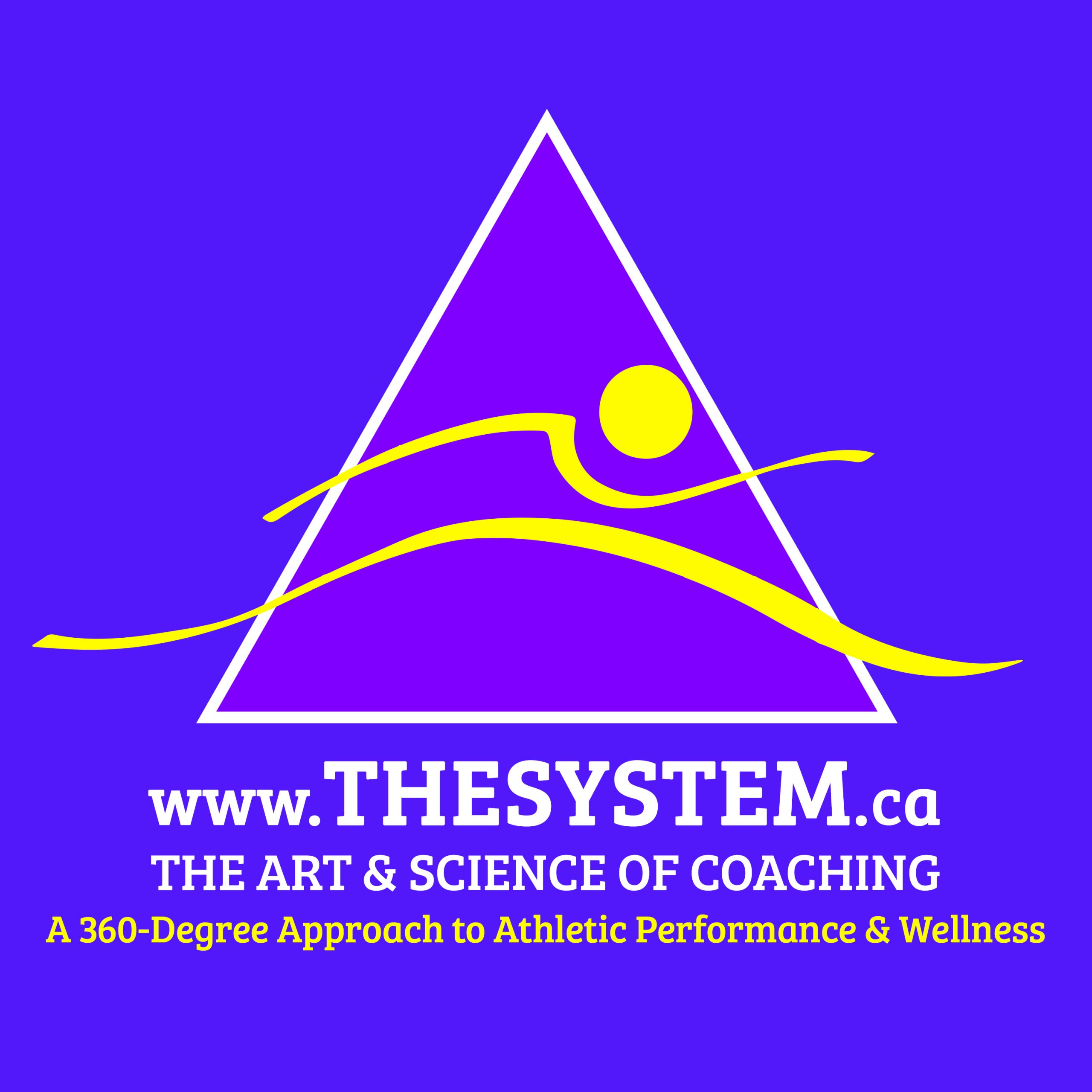It just simply amazes us to hear how many athlete’s we begin to work with consider “the PLANK” as “hard-core” ab work.7
This exercise is a test exercise and a rudimentary exercise to assess ‘possible’ Tranverse Ab. (TVA) weakness. It does not strengthen it, it just shows that you have a weakness there. To strength the TVA requires other exercises that work the TVA either directly or indirectly. Our full-time athletes perform any where from 2000 to 3000 (up to 5000) abs per week of varying types, ranging from Med Ball throw, Rotations etc… And oh yes, they perform lots of “dynamic planks”…..push-ups.8
“If all you have in your tool box is a screwdriver. You’ll ‘Screw’ everything. Use the right tool for the job. If you do not have a particular tool, go out and get it, as well as learn what it does”
If an athlete’s mid section is sagging while performing the “the Plank”, making them continue the exercise will not strengthen it. You are merely perpetuating the same weakness. Instead you need to remove that exercise and figure out why the abs are shutting down. Another thing, since when are your abs working statically during sports? So, why would you train them that way? I could make some allowance if, initially, the athlete does not have any awareness of the TVA. Perhaps (and I mean this in the politest way possible), we might consider using the plank to make them have greater awareness. But once the awareness is there, move on to something more dynamic that involves a little bit of a stretch-reflex.
The other problem we encounter frequently is athletes do not perform any sit-ups. If the athlete has good neural pelvic posture, and has good TVA awareness, we will employ some Med Ball sit-ups. Remember, the Psoas muscle (i.e. hip flexors) work with the Rectus Abs (i.e. ‘six pack”) in lifting the thigh up.6
“No Exercise is ‘Bad’. You may not be right for the Exercise”
By the time an athlete adapts to the plank exercise, in less than a quarter of that time period, we would have developed AB musculature well beyond the requirement of that exercise.
“Time is money and money is value. So if you value your clients money, do not waste their time”




